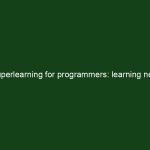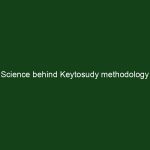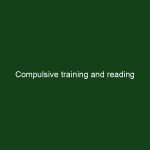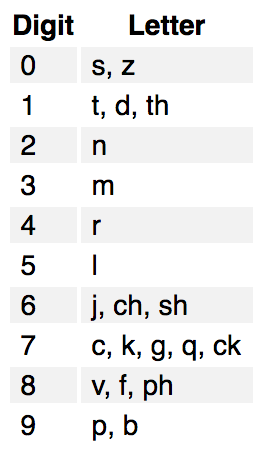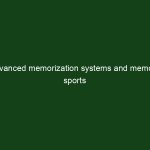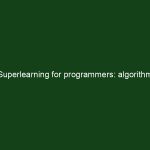When I first learned to program back in early 90s, I thought that knowing the grammar of the programming language is what I need. It took me excruciating week till I could use all MSDOS commands, “for” and “while” loops and some other grammar. I was ready to program! I decided to write a racing …
Continue reading “Superlearning for programmers: learning new programming languages”

